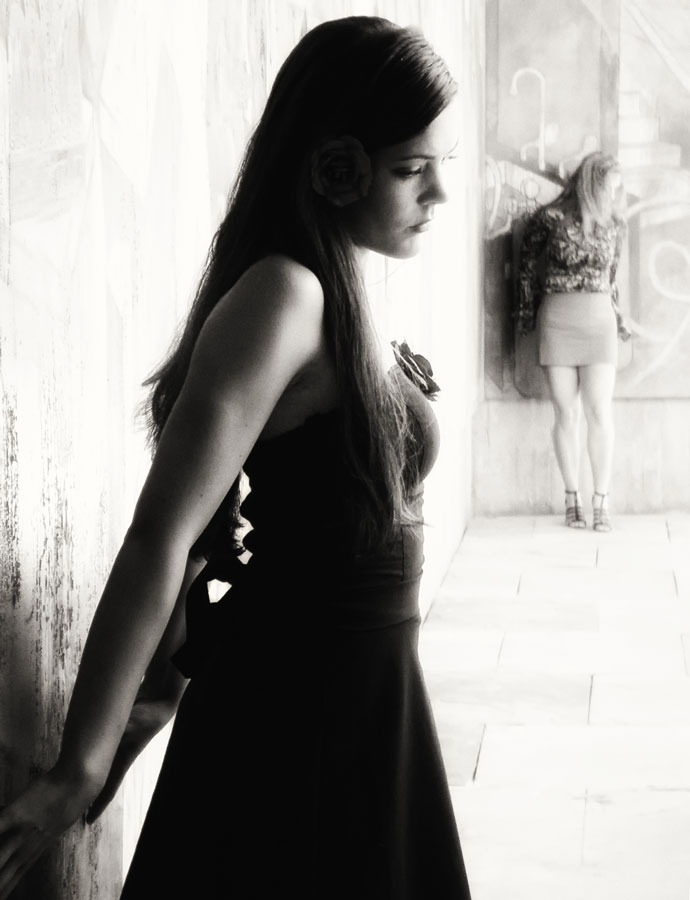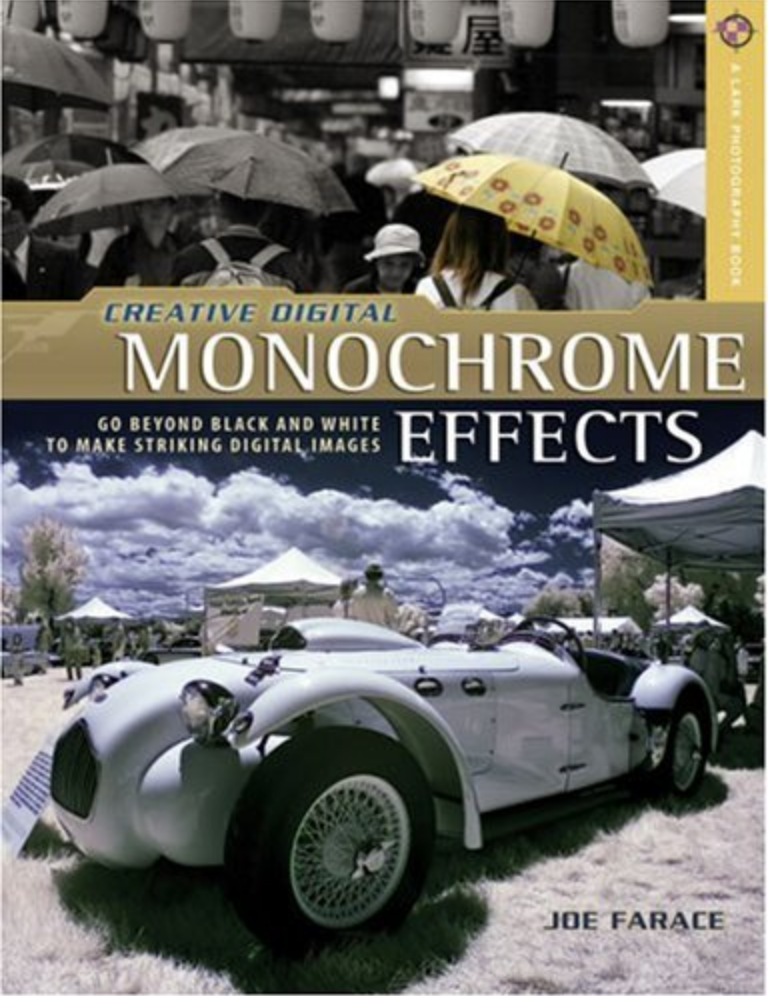Today is May 16 and we are celebrating National Classic Movie Day by celebrating the film industry and putting a spotlight on iconic movies that remain favorites through the years. Today we remembering stories on the big screen that became a legacy by shaping our culture. If you get a chance check out Joe’s Movie Club’s list of 100 of my favorite movies. Also visit my YouTube channel to watch some of my Joe;s Movie Club videos, including my recent review of the 1931 original version of The Maltese Falcon.
Today’s Post by Joe Farace
Cinema is a matter of what’s in the frame and what’s —Martin Scorsese
 Over the years in talking with many photographers I’ve found they get inspiration from many different sources. One of my photographer friends finds it in old master’s paintings.
Over the years in talking with many photographers I’ve found they get inspiration from many different sources. One of my photographer friends finds it in old master’s paintings.
Here are some of my influences:
I get my inspiration mostly from the images that I see in the classic movies that I enjoy watching. You can read some of my other thoughts on this subject here. Especially classic movies. That’s why when I find myself in a creative rut, I shoot some digital images in direct monochrome mode to help prod me out of that rut. And these days, I’m more likely to load a roll of Kodak Tri-X or Ilford HP5 Plus into one of my film cameras to get the true black and white experience.
How I Made this portrait: Today’s image is one that mixes both in-camera and post capture techniques for what I hope is a bit of an homage to Fellini’s La Dolce Vita…or not. The camera used was a Minolta Xt point-and-shoot camera with the lens at an an equivalent of 110mm and an available light exposure of 1/45 sec at f/3.6 and ISO 100. Captured in color and converted to monochrome using one of Exposure Software’s Exposure’s black-and-white film emulations.
In Post Production
If you think that’s shooting a few digital images in direct monochrome mode is a bad idea because you worry about what might happen if you change your mind at some later date and want that original image to be in color? Here’s one solution: Most DSLRs and mirrorless cameras have a RAW+JPEG option that lets you capture a monochrome (JPEG) and color (RAW) file at the same time. Some dual-slot cameras, even let you simultaneously save each file type to a different card.
 You can just capture in color and convert to black and white later in the digital darkroom, as I did in the above image and that’s not a bad approach. I think that there are two advantages of using this approach, especially for portraiture: First, I can show my subject a black and white images on the preview screen so they can see the kind of effect I am trying to produce. Second, all of my favorite retouching tools, such as Imagenomics’ Portraiture, work better with a color image than with a monochrome file. Because of my old computer and old operating system, I’m using an older version of Portraiture and it works just fine. So I typically use the RAW (color) file, retouch it, then convert to monochrome using Silver Efex Pro or Exposure Software’s Exposure.
You can just capture in color and convert to black and white later in the digital darkroom, as I did in the above image and that’s not a bad approach. I think that there are two advantages of using this approach, especially for portraiture: First, I can show my subject a black and white images on the preview screen so they can see the kind of effect I am trying to produce. Second, all of my favorite retouching tools, such as Imagenomics’ Portraiture, work better with a color image than with a monochrome file. Because of my old computer and old operating system, I’m using an older version of Portraiture and it works just fine. So I typically use the RAW (color) file, retouch it, then convert to monochrome using Silver Efex Pro or Exposure Software’s Exposure.
Update: This blog post has a theme that I want to pursue along with my recent interest in film photography. Ferrania’s P30 cinema stock was used in some of the world’s most beloved movies, including La Dolce Vita. A version was created for still photography at the company’s rebuilt factory located on the grounds of the original company in Cairo Montenotte, Italy. Each roll features a high silver content to produce a natively high-contrast film with almost no visible grain. Shadows are deep and rich. Highlights are punchy and sharp. I’m really looking forward to trying this film. Look for a film review…real soon now.
My book Creative Digital Monochrome Effects also includes a chapter on IR photography, is available from Amazon for $30.90 with used copies starting at around two bucks. At that giveaway price it’s a great gift for your favorite photographer or yourself. No Kindle version is available, sorry.
